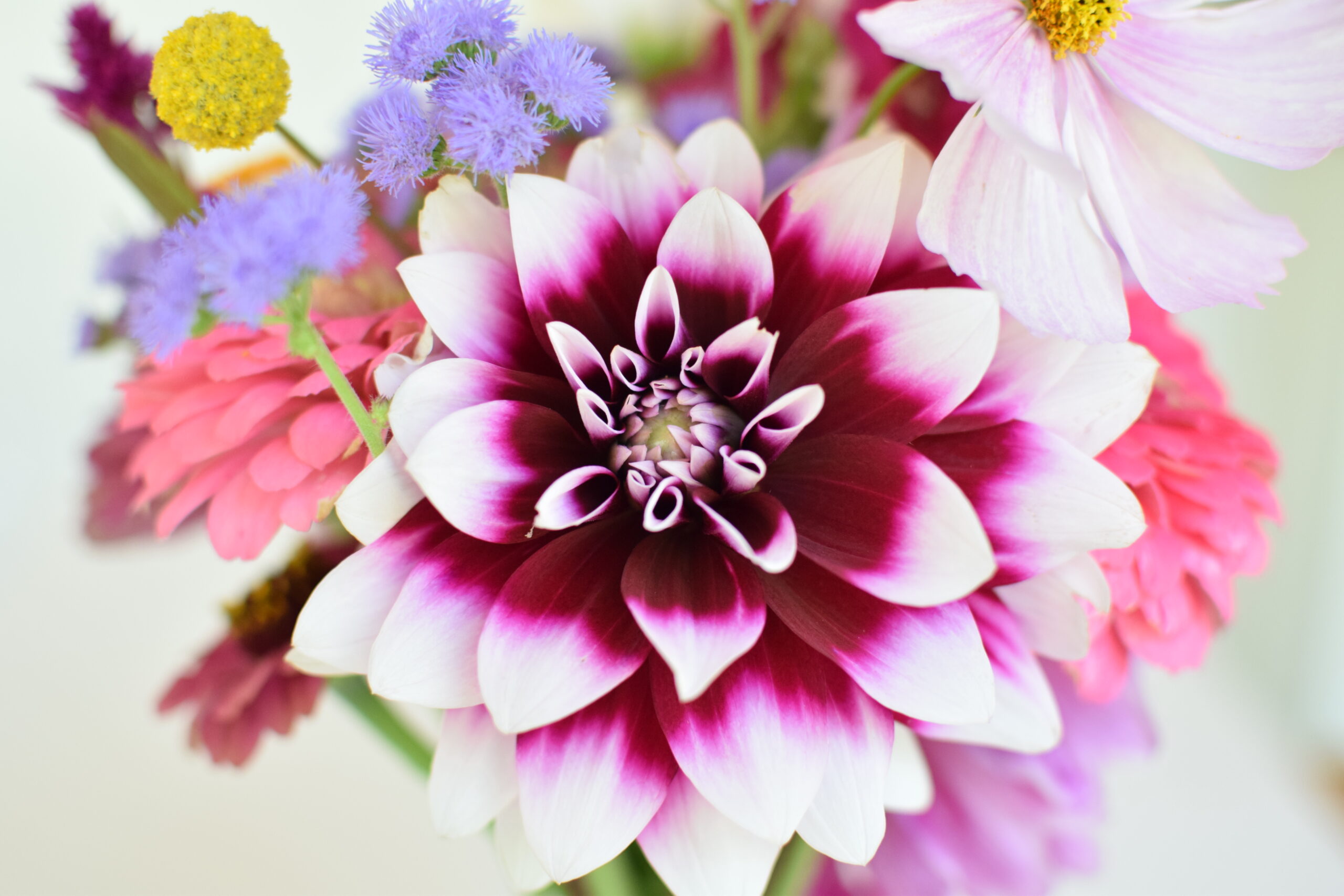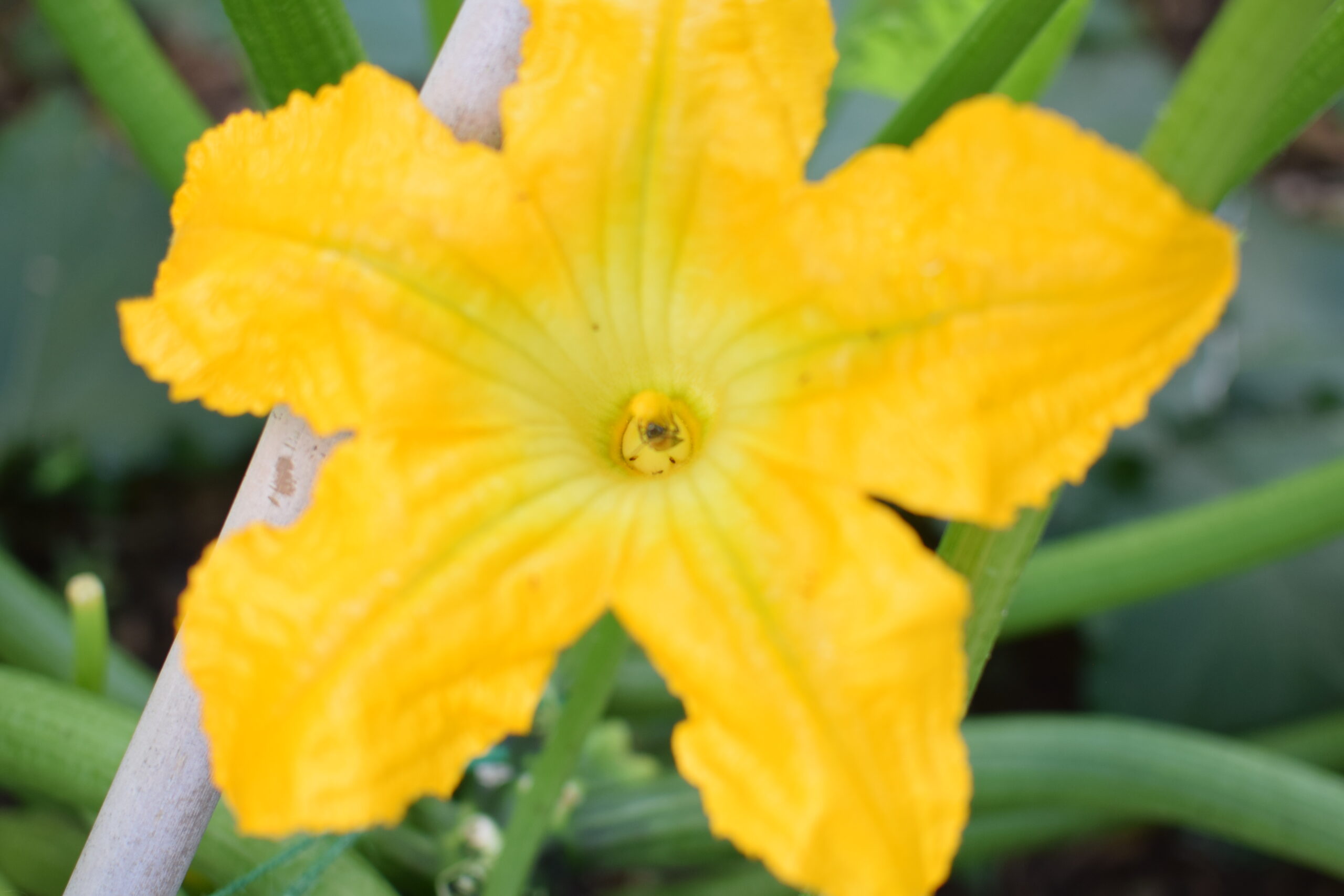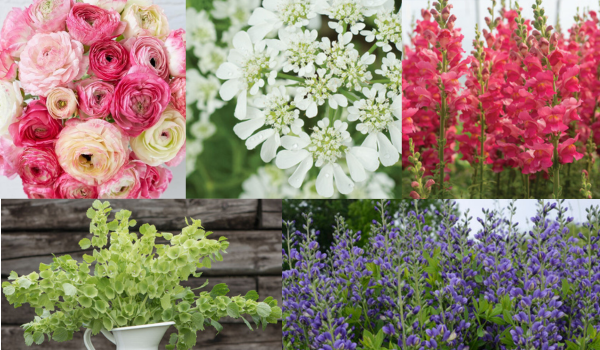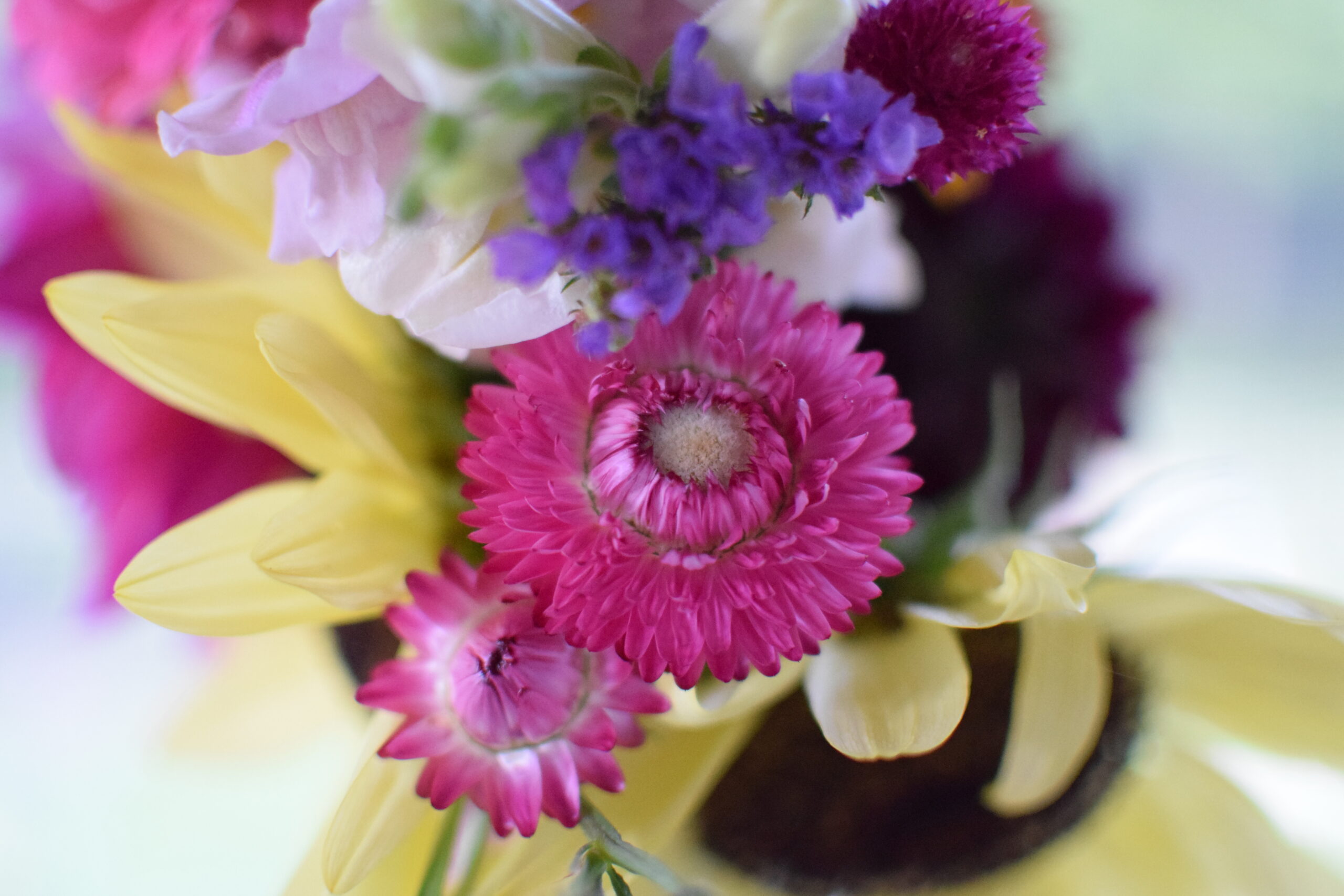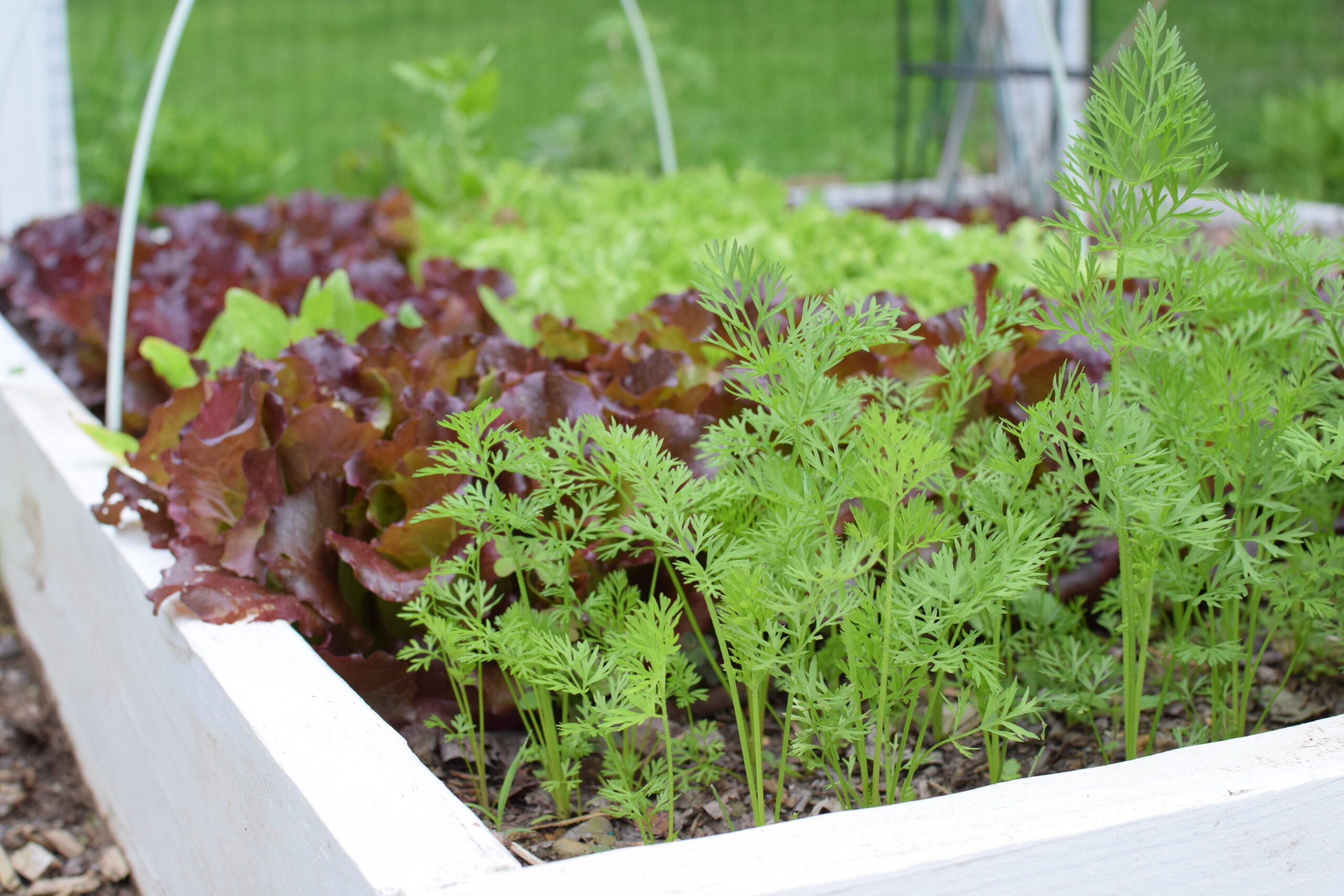How To Grow Lettuce At Home
Lettuce may be one of the easiest vegetables to grow at home. If you’re thinking of starting a vegetable garden, definitely add lettuce to your list! You won’t be disappointed.
A bag of lettuce can run about $3. And a head of romaine can be about the same. But for pennies you can grow your own lettuce right at home! For less than $6 you can start about 500 lettuce seeds. Add in a bag of seed starting mix at $8, and you are now growing almost 500 (not all will germinate) heads of lettuce for $14. How cool is that?
Another great reason to grow lettuce at home? Lettuce grows fast…start to finish in less than 60 days. You can even cut it and let it grow back, and then cut it again! And, as an added bonus, it grows in the early spring when nighttime temperatures are still freezing. You can’t do that with tomatoes!
Grow Lettuce at Home from Seed



Lettuce seeds are small, but manageable. I like to use water tight containers filled with about 1″ of moistened seed starting mix. I use old take out Chinese food containers (I like to keep things classy). You can use anything really. Yogurt cups, disposable baking pans, soil blocks or seed starting trays.
Fill the tray with pre-moistened seed starting mix, and firm it in. Then you have 2 options: You can either place seeds about 1/4″ – 1/2″ apart (picture 2) or just sprinkle the seeds on the surface (lower portion of picture 3). I do it both ways and have success with both.


Once your seeds are in place (the right half of these containers), I like to spray them with water, and then very lightly cover the seeds with vermiculite or more seed starting mix. Then spray it with water again. Lettuce seeds don’t want to be buried. A fine layer, maybe 1/8″ thick, is plenty. This will help retain moisture and allow the seeds to germinate (grow).


Make sure to label your carton (you’ll forget!) with the name of the seeds and the date they were started.
Then place your tray under grow lights. I use cheap shop lights. They don’t win beauty awards but they’re cheap and get the job done! Mine are 3 years old and going strong. Keep the lights just a few inches (no more than 3″ ideally) above the tray.
You’ll want to spray these with water every day until they germinate, and then water them every day. Your baby seedlings will take a bit more water once they have a root system, so try not to miss a watering day.
How to Grow On Lettuce Seedlings at Home
Your lettuce seeds should germinate (grow in a tiny seedling) in about 7-14 days.

This reused Chinese takeout container is roughly 8″x4″. I sprinkled a few seeds in a quarter of the container and 2 weeks later I have what you see here…over 3 dozen baby lettuce plants!

Starting on the right and moving to the left (picture above) you see 4 lettuce seedlings. The far right is about 1 week old. Then 2 weeks, 3 weeks, and the biggest one is about 4 weeks old. I like to grow my lettuce seedlings for about a month, and then plant them outside.



Soil Balls to Pot Up Seedlings
I like to “pot up” or “grow on” (simply means to take a seedling and grow it longer in a bigger container) lettuce seedlings using a simple soil ball.
Using a small garden tool, or your fingers, gently lift out a section of the seedlings. You’ll probably pull out a few seedlings at one time. That’s fine!


Separate the seedlings so you can work with them 1 at a time. Take a 2-3″ section of seed starting mix and make sure it is moist. When you squeeze the mix, water should come out.



Flatten the mix a bit in your hand, and then place a seedling on the mix. Cup the seed mix around the roots and form a little ball of seed starting mix. Make sure the ball is strong enough to support itself. If it falls apart, you need more water.
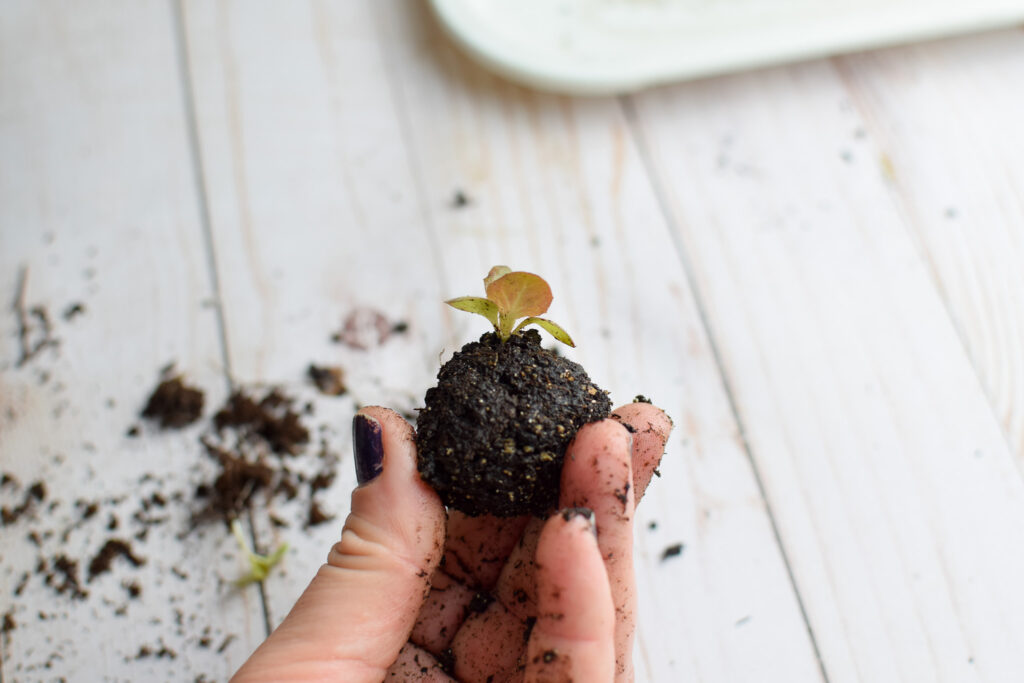
This has become my favorite way to quickly start seeds – -a quick sprinkling to germinate them and then soil balls for further growth. The roots will air prune which is a healthier way to grow plants versus becoming root bound in a seed tray.



I was able to create these lettuce soil balls in just a few minutes. From a quick sprinkling of seeds, I am growing on over 3 dozen lettuce plants. Little time and little money…my kind of plant! Lettuce is at the top of my list for the vegetable garden!
When to Plant Lettuce Outdoors
Lettuce plants are cold hardy. They prefer cooler spring and cooler fall weather over the heat and humidity of summer.
Lettuce plants can take a freeze and keep on growing. I like to start planting out my lettuce seedlings just like all other hardy annuals – – about 6 weeks before my last frost. My last estimated frost is May 15. 6 weeks prior is the beginning of April (zone 6 in Pittsburgh, PA).
About 1 week before you plant your lettuce seedlings, you’ll need to harden them off.
How to Harden Off Lettuce Seedlings
Hardening off seedlings is a process of acclimating plants to the harsh conditions of the outside world – – cold, heat, rain, snow, wind.
Your plants have been protected from the elements in your safe house. Now they need to adjust to the outside world.
In an ideal situation, you will take your seed tray outside for 1 hour on a cloudy day and then bring it back inside. You’ll gradually increase the time the plants spend outside by about 1 hour a day, for 1-2 weeks. That’s ideal.
My way is less than ideal but it works. I don’t have the time, schedule or patience for slow and steady.
The Cheaters Way to Harden Off Seedlings
On day 1, I place my tray in a spot that gets about 2 hours of sun, and then gets shade. And I try to remember to bring it in after an hour or 2. But if I forget, it’s in the shade after that and won’t be killed.
On day 2, I leave the tray in the same spot, but for roughly 5 hours, or when I remember to grab them.
On day 3, I leave the tray in that spot all day and bring it in at night.
Day 4, I move the tray to a spot that gets more sun, maybe 3-5 hours and leave it there all day and night.
And I’m usually done after that. It’s not ideal, but I’ve never killed a seedling doing this. Just make sure your seedlings are well watered! The wind will dry them out much faster than when they’re inside. And a dry seedling will die. Also, frost can kill a dry seedling, too. So water, water, water when these baby plants are outside.
Once they are hardened off, plant the seedlings directly in the ground, on in a raised bed, about 6-10″ apart. I plant mine closer than recommended, but I’ll cut every other head so the close heads of lettuce can grow bigger once the neighbor has been cut out.



When planting lettuce out, just make sure the nighttime temperature stays above 20 degrees. I like to keep my lettuce covered with hoops and frost cloth until the temperatures hit 28 degrees or higher.
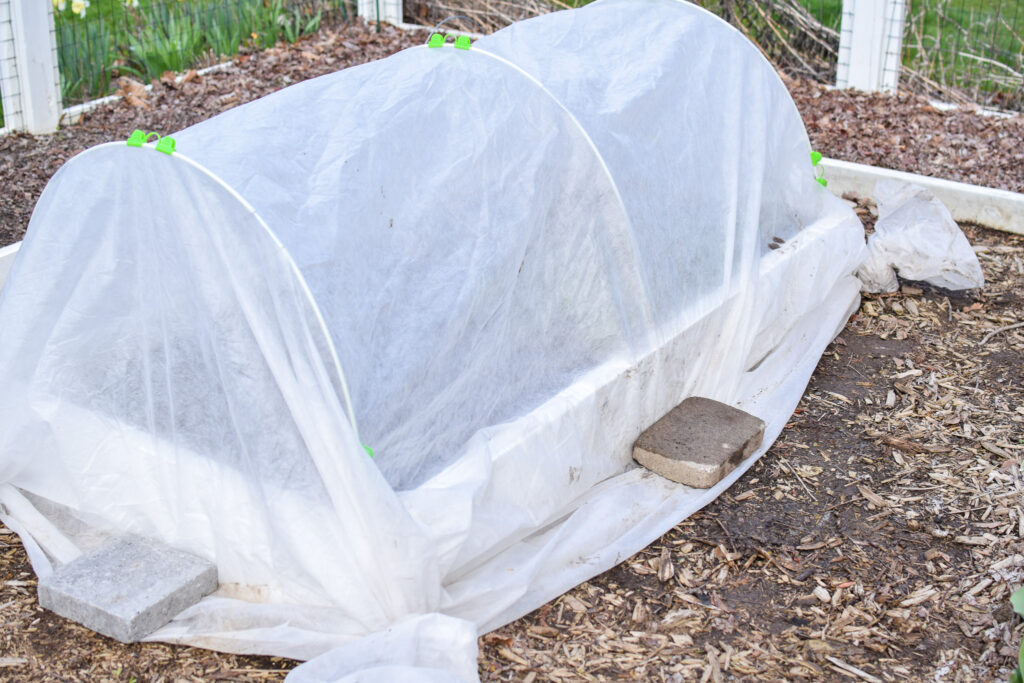
Not gorgeous, but it gets the job done! Notice a trend here?
When to Grow Lettuce at Home
Lettuce is best grown in successions. It’s not like zucchini where you can pick from it all summer long.
You can start small batches of lettuce plants every 2-3 weeks all the way through the fall.
In the summer, you’ll want to make sure you plant the lettuce on the north side of taller plants, like tomatoes, peppers, or zucchini. That way the larger plant can provide some shade on those hot summer days.
Lettuce tastes the best in spring and fall in my opinion. This year I’m trying a summer lettuce that is supposed to keep its flavor even under hot temps. I’ll keep you posted!
I hope you give lettuce a try. It really is quick and easy. Let me know if you’ll be growing lettuce this year!


